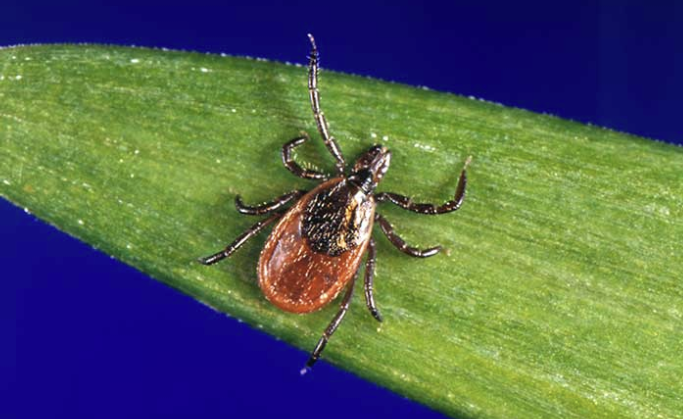Tick Saliva: Therapy For Severe Inflammatory Diseases
Tick saliva can be used for therapy!
Currently, there are 1 million people in America affected by Multiple Sclerosis, a neurological disease that degrades the myelin sheath, or the protective layer surrounding individual brain neurons (CDC). 58.5 million adults have fallen victim to arthritis, a disorder that causes the joints to ache severely and are likely to develop at some point in most people’s lives. Asthma caused 461,000 deaths and affected 262 million people in 2019, and has since increased by hundreds of thousands annually. The mentioned diseases all have one common trait: they are devastating inflammatory diseases. These debilitating diseases not only cause the patient to suffer physically and mentally, but also hurt their pockets economically with temporary treatments that do not allow full remission. According to the Center for Disease Control (CDC), currently there are 1 million people in America affected by Multiple Sclerosis, an autoimmune demyelinating neurological disease. Further, there are 58.5 million adults who have arthritis, and everyone is likely to develop this condition at some point in their lives. Finally, according to AsthmaMD, Asthma caused 461,000 deaths and affected 262 million people in the year 2019. All of the aforementioned are inflammatory diseases, meaning that they cause edema and pain within the human body. In addition, they cost billions of dollars a year to treat.
Normally, when an individual is faced with an infection such as the flu, the immune system attacks the pathogen until the body is healthy again. For this to occur, proteins called chemokines attract the white blood cells (WBCs) from blood vessels to the target tissues. However, when the immune system goes rogue, white blood cells attack incorrect body tissues, causing inflammation and therefore costly disorders. Inflammation is a normal immune response meant to target harmful pathogens in the body, especially when they enter through wounds. But when the immune system starts to target the body’s own tissues, the term chronic inflammatory disease is used.The above diseases can be explained by white blood cells (WBCs) attacking specific body tissues, which causes inflammation (therefore, the name inflammatory disease). In order for this to occur, proteins called chemokines attract the WBCs from blood vessels to the tissues that are being targeted. Inflammation is a normal immune response meant to target harmful pathogens in the body, especially when they enter through wounds. In absence of a wound, when the immune system is targeting one’s own tissues, the term chronic inflammatory disease is used.
It is clear that inflammatory diseases need a cure instantly, and the National Academy of Sciences believe that they have found an unexpected solution to this complex issue in an insect that is normally considered a nuisance: ticks.
The journal Proceedings of the National Academy of Sciences has shown that tick saliva offers therapies against inflammatory disease. Tick saliva has evasion proteins that prevent chemokines from initiating an inflammatory response, allowing ticks to feed on a host’s body for an extended period of time without being detected. According to Dr. Ram Bhusal, a co-author in the journal of the National Academy of Sciences, “To date, there are no anti-inflammatory therapeutics targeting the chemokine system” demonstrating the immense impact this treatment could have.
In this study, scientists have identified how evasions recognize chemokines. By blocking this recognition (using evasions from tick saliva), the movement of WBCs can be prevented. This in turn prevents tissue damage and inflammation from occurring in the body.
A recent study, published in the journal Proceedings of the National Academy of Sciences has shown that tick saliva offers therapies against these inflammatory diseases. Tick saliva has evasion proteins that prevent chemokines from initiating an inflammatory response. This trait allows ticks to feed on a host’s body for an extended period of time, without being detected. In this study, scientists have identified how evasions recognize chimiokines. By blocking this recognition (using evasions from tick saliva), the movement of WBCs can be prevented. This in turn prevents tissue damage and inflammation from occurring in the body. According to Dr. Ram Bhusal, a co-author in the study “To date, there are no anti-inflammatory therapeutics targeting the chemokine system” which is why their finding is significant.
Because of this research, there are possibilities to cure and better treat these severe inflammatory diseases. It will help save and improve the quality of life for millions of people around the world.
Your donation will support the student journalists of Dublin High School. Your contribution will allow us to purchase equipment and cover our annual website hosting costs.

Tvisha is a junior at Dublin High School. She aspires to be a clinical psychologist, and LOVES to learn about the humanities! Looking at the sky,...




































